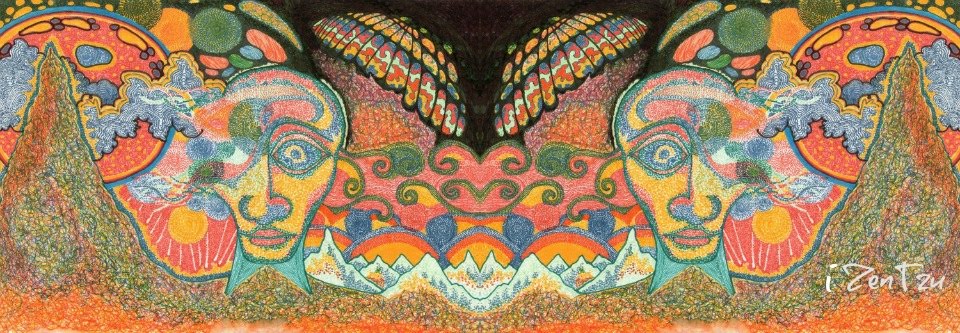Abstract from the review of T.B.Rebrova “Influence of electromagnetic Radiation of MM wave band on vital functions of microorganisms”.
Materials and methods.
The following microorganisms were taken as objects of study:
Mycelial fungus: Aspergillus orizae, Aspergillus awamory;
Yeast-like fungus: Endomyces fibuliger;
Yeast: Saccharomyces cerevisaie, Saccharomyces carlsbergensis.
A wide spectrum of characteristics for each organism was studied, but special emphasis was put on properties typical for each organism.
Biological methods of MM wave influence on microorganisms were under investigation at special biology institutions (biophysical faculty of Moscow State University, Scientific and Production Association of beer and soft-drinks, Russian Scientific Research Institute of fermentative products, Russian Scientific Research Institute of antibiotics and ferments for medical purposes).
Study of MM wave influence on Yeast-like fungus.
Two types of yeast-like fungus were taken into consideration; Aspergillus orizae (culture MSU) – amylolytic and proteolytic ferment producer, used for saccharification preparation, especially at incomplete starch saccharification. Proteolytic ferments of the fungus posses fibrinolytic properties, and thrombus dissolution is an important property of the fungus.
MM wave exposure stimulates biomass increase for Aspergillus orizae. Maximal biomass increase at exposure on fixed wavelength amounts to 22%; it is possible to decrease biomass output by 11% providing exposure at another wavelength.
Optimal operating mode for mm wave exposure stumulates fermentative activity for fungus , and stimulating effect is more evident for weaker initial material (no matter by natural or artificial factors it was caused – storage, temperature conditions, etc.).
It is possible to direct fermentation processes for Aspergillus orizae by MM wave exposure: to increase one process with simultaneous decreasing of some other process. So, increasing fibrinolytic activity by 80-90%, MM wave exposure could at the same time decrease caseinolytic activity up to the certain value. It should be marked that in contrast to bacteria, only multiple exposures by MM wave could influence on mycelial fungus spores. Repetition factor is 10 times. Changes acquired in the result of multiple exposures by MM waves are inherited by the next generations. Biomicrowave.com
Materials and methods.
The following microorganisms were taken as objects of study:
Mycelial fungus: Aspergillus orizae, Aspergillus awamory;
Yeast-like fungus: Endomyces fibuliger;
Yeast: Saccharomyces cerevisaie, Saccharomyces carlsbergensis.
A wide spectrum of characteristics for each organism was studied, but special emphasis was put on properties typical for each organism.
Biological methods of MM wave influence on microorganisms were under investigation at special biology institutions (biophysical faculty of Moscow State University, Scientific and Production Association of beer and soft-drinks, Russian Scientific Research Institute of fermentative products, Russian Scientific Research Institute of antibiotics and ferments for medical purposes).
Study of MM wave influence on Yeast-like fungus.
Two types of yeast-like fungus were taken into consideration; Aspergillus orizae (culture MSU) – amylolytic and proteolytic ferment producer, used for saccharification preparation, especially at incomplete starch saccharification. Proteolytic ferments of the fungus posses fibrinolytic properties, and thrombus dissolution is an important property of the fungus.
MM wave exposure stimulates biomass increase for Aspergillus orizae. Maximal biomass increase at exposure on fixed wavelength amounts to 22%; it is possible to decrease biomass output by 11% providing exposure at another wavelength.
Optimal operating mode for mm wave exposure stumulates fermentative activity for fungus , and stimulating effect is more evident for weaker initial material (no matter by natural or artificial factors it was caused – storage, temperature conditions, etc.).
It is possible to direct fermentation processes for Aspergillus orizae by MM wave exposure: to increase one process with simultaneous decreasing of some other process. So, increasing fibrinolytic activity by 80-90%, MM wave exposure could at the same time decrease caseinolytic activity up to the certain value. It should be marked that in contrast to bacteria, only multiple exposures by MM wave could influence on mycelial fungus spores. Repetition factor is 10 times. Changes acquired in the result of multiple exposures by MM waves are inherited by the next generations. Biomicrowave.com
